This time, we will follow the steps below.
Let's set it up together!
1. Integrate kintone and Google Search with My Apps.
2. Copy the template "Search for company information on Google using keywords added to kintone and summarize the search results to update kintone."
3. Set up triggers and various operations.
4. Turn on the trigger to complete.
Step 1: My Apps Integration
Integrating My Apps first will make the subsequent setup smoother.
First, let's integrate the kintone you are using with Yoom.
Select My Apps → New Connection from the left side of the Yoom page.

Search for kintone.
Refer to the My Apps registration method and please proceed with the detailed settings.
If registration does not go well, please refer to the help page.
Next, integrate with Google Search.
Please configure the displayed items.
Once kintone and Google Search are displayed in My Apps, the integration is complete.
Step 2: Set Triggers and Actions
This time, we will use this template.
Open the template page and click 'Try this template'.
If you are using Yoom, log in, and if you are new, please register as a member.
As you proceed, the template will be automatically copied to your workspace.
You can change the template name as needed.
Click My Projects on the left, and the copied template will appear.
Click the ellipsis (...) on the right and select Edit.

Things to Prepare
A kintone app where the keywords you want to search are registered and the summary results can be recorded.

Now, let's set up the app trigger.
Select "When a record is registered (Webhook activation)".
The title can be changed.
After confirming the account information to be integrated, proceed to the next step.
In the following screen, refer to this article to set up the Webhook event reception.
Test it, and if the kintone record information is reflected in the output, save it.

Next, click "Retrieve Record".
Since we will be linking with the database, select from the output.

Proceed to the next step and enter the conditions for the record you want to retrieve.
Select {{Record ID}} from the output and test it.
If the test is successful and the data is reflected in the output, save it after confirming.
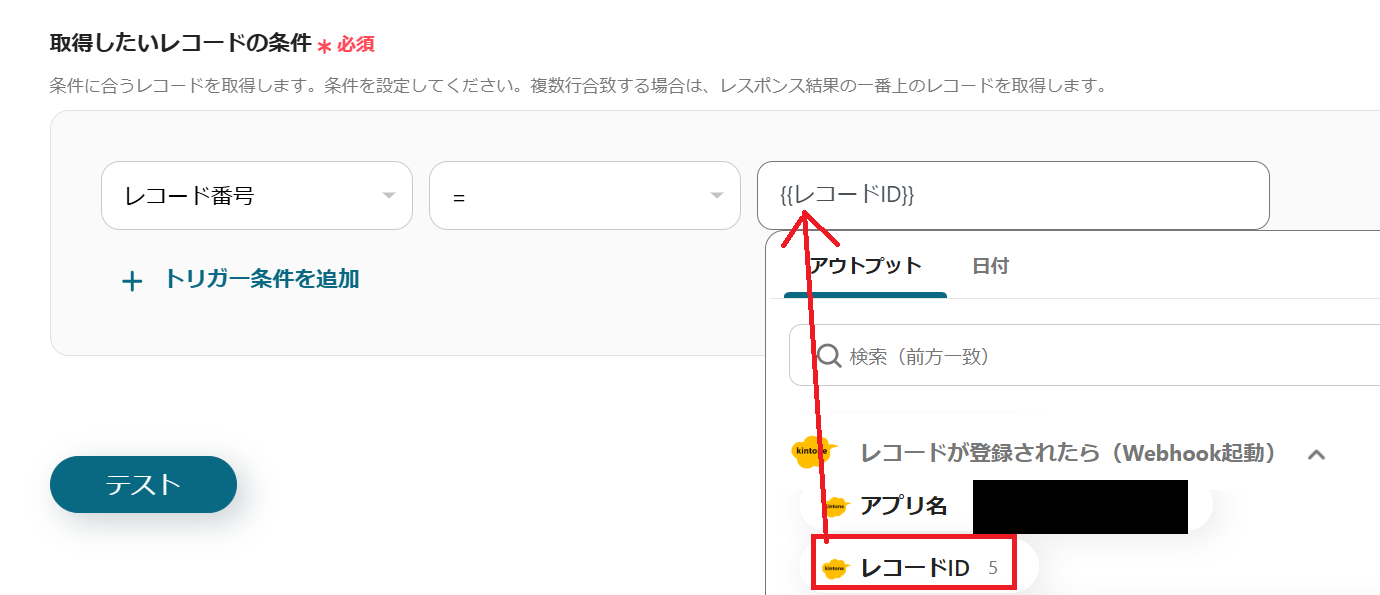
Next, select "Retrieve Search Results".
After confirming that there are no mistakes in the account information to be integrated, proceed to the next step.
The search query was set as follows.
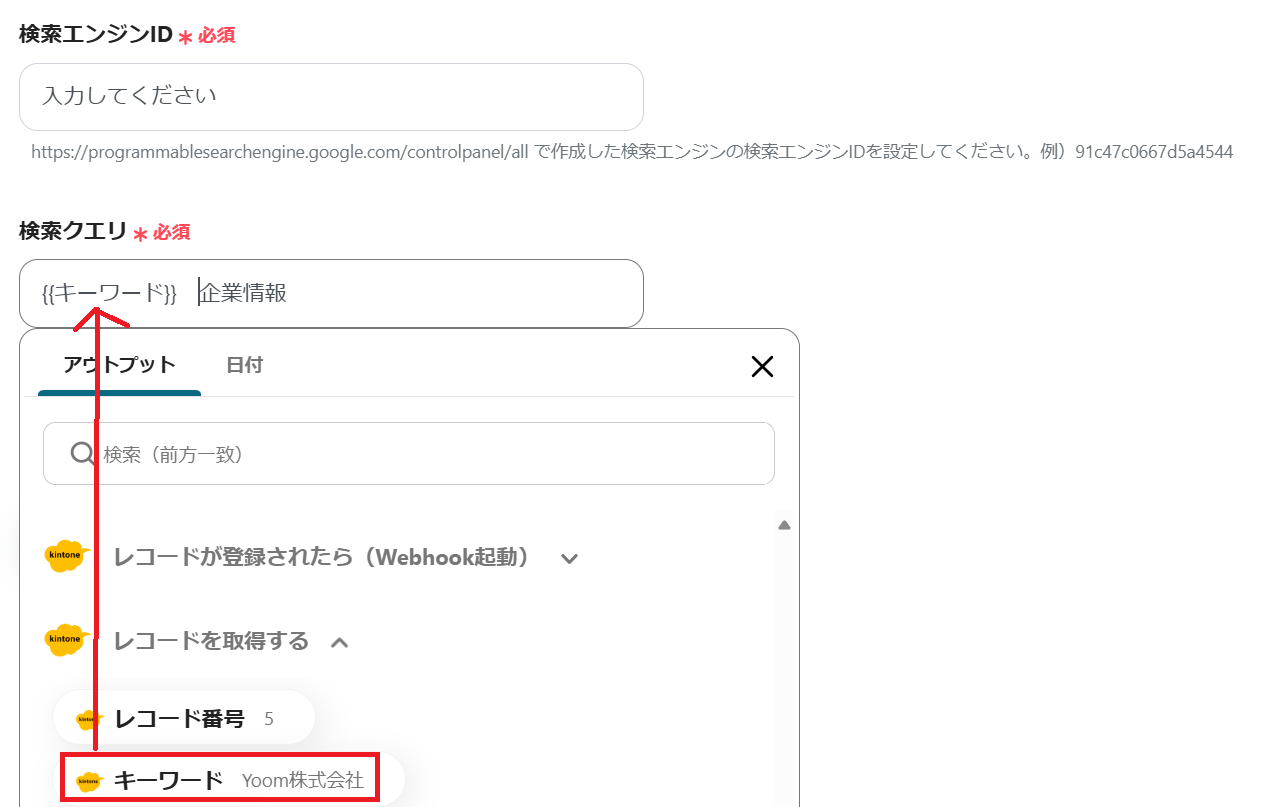
Test this as well, and if the search results are reflected in the output, save it.
Next, select "Retrieve Search Results".
You can select the GPT model from the displayed options.
※ Please note that the number of tasks in parentheses will be consumed.
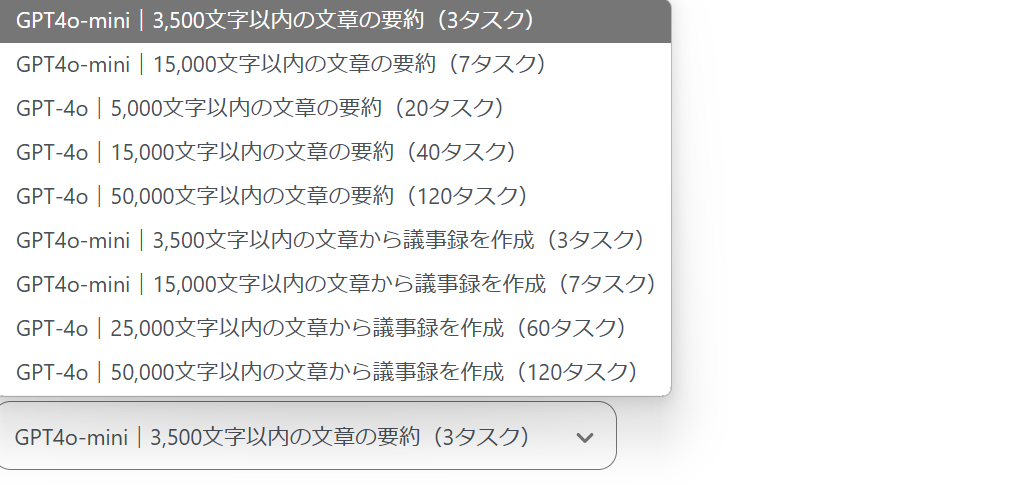
Select the text to be summarized from the output.
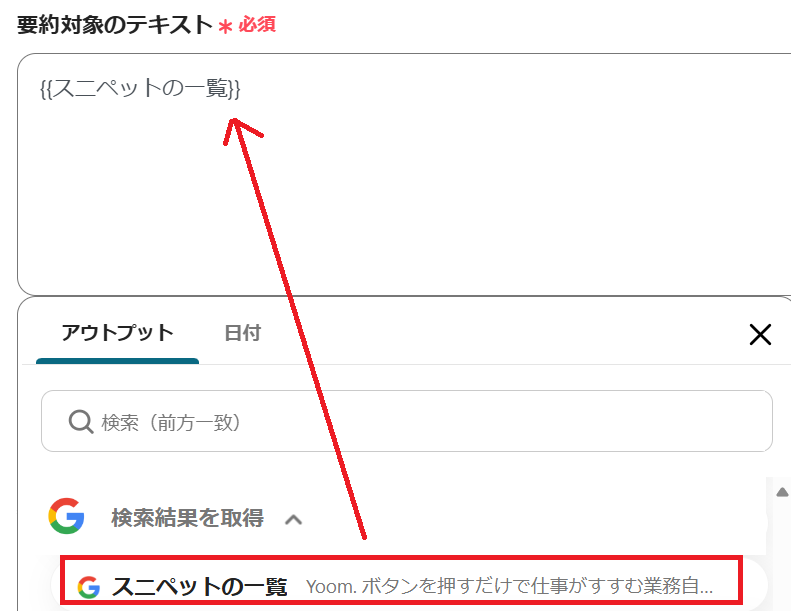
Enter the number of characters and summary conditions as desired.
As an example, it was set as follows.
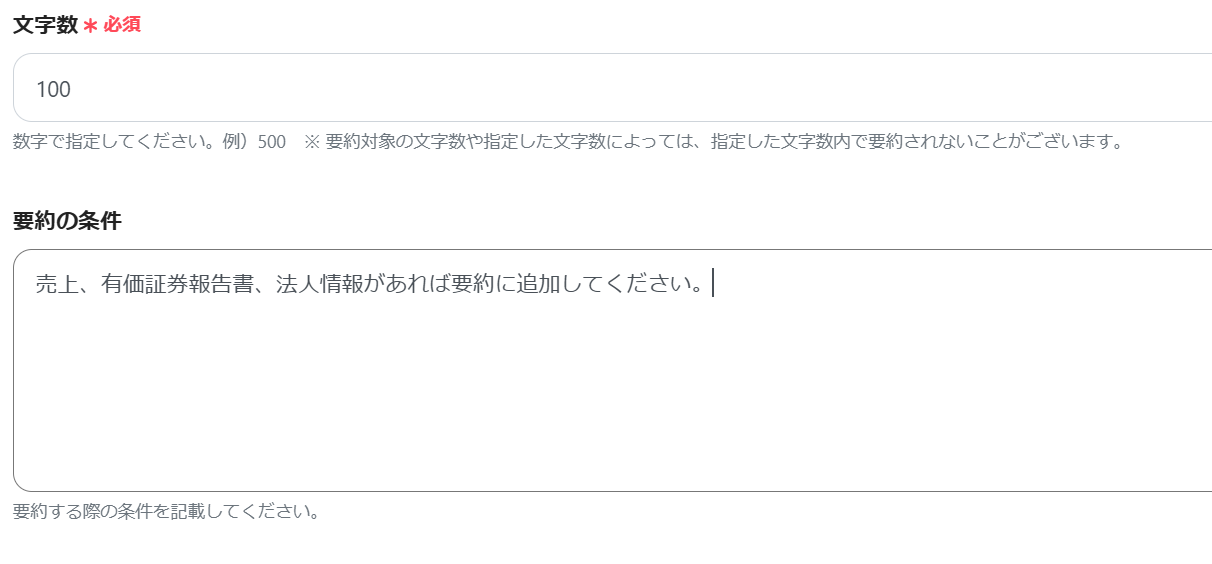
Test this as well, and if the summary result is reflected, save it.
Next, select "Update Record".
As before, link with the database.

For the conditions of the record you want to update, set the record number.
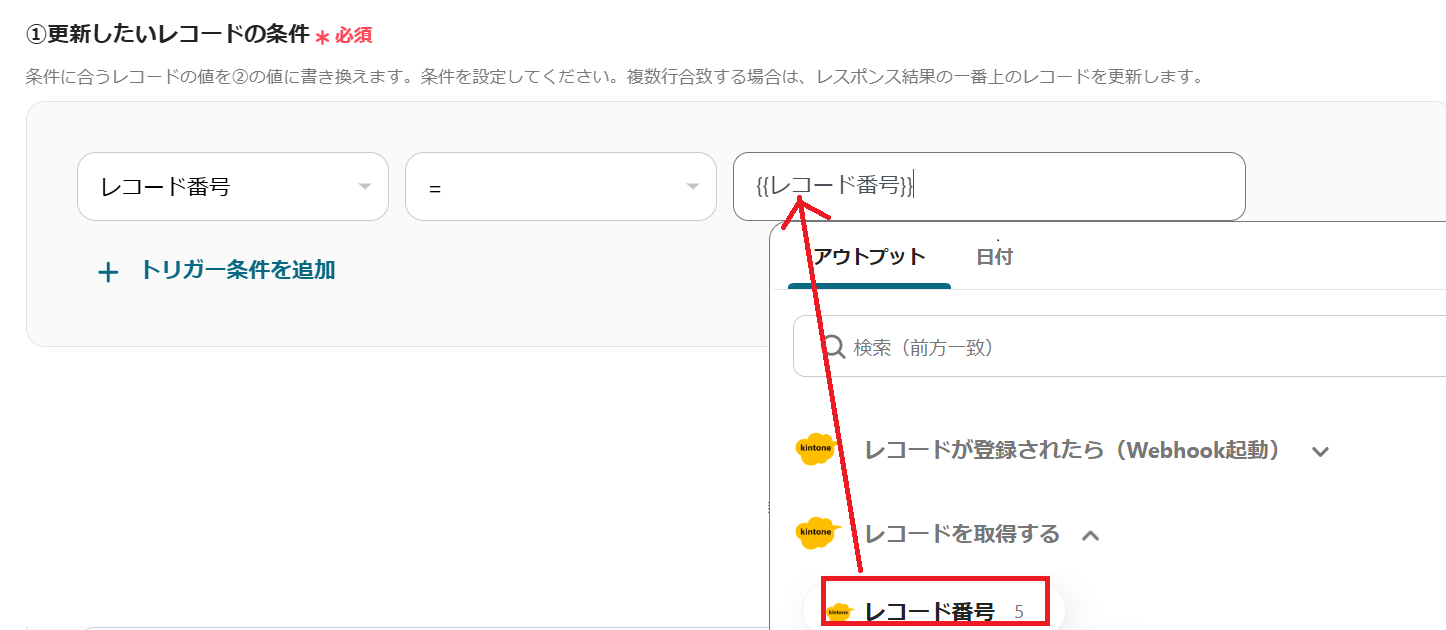
For the summary result, select the previous output.

Test this as well, and if successful, save it.
Check on the kintone side.

The summary result is recorded!
Finally, turn on the app trigger.
Thank you for your hard work.
Even someone like me who is not familiar with programming was able to set it up easily.
Here is the flowbot used this time ↓



















.avif)
.avif)
.avif)









